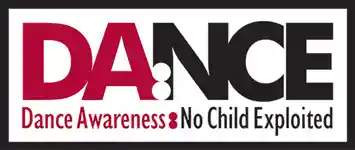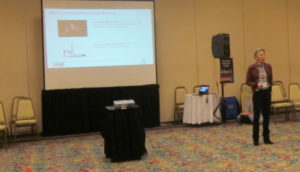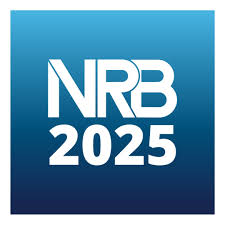‘La La Land’ is a great reason to understand why dance ministry can be successful in the church as well as the way that it has been welcomed in film.” ‘La La Land’ shows that you actually don’t have to have professional dancers with brilliant technique for a dance pairing to work. What is dancing but full body, kinetic expression exploding outward for everyone to see?”[LA Times dance critic Laura Bleiberg in an article she wrote on 1.17.17 called ‘All You Need is Dance’]. Movement speaks with power when the right tools access the organic[soul to sole] foundation of what is created. That’s why I feel awed when I see both trained and untrained dancers choreographed to portray the Gospel. Motion works because God is a master designer. Dance shows that the communication range in the human body is powerful.
So here’s my point. Although there are professional Christian dancers, many people involved in dance ministry are not professional. I have observed that the family of worshipers in dance ministry is wonderfully varied: professional, semi-professional, avocational training and those who are untrained worshipers. As long as a choreographer has a clear choreography target with purposeful rehearsal and preparation, dance ministry can be used intentionally to communicate a visual picture of faith with emotion accompanied by a deep application to daily life.
Let’s welcome all worshippers into the ministry family. But let’s be practical. What are some tools that we can use in church choreography to provide access to movement success with a defined range of dance backgrounds? It was God’s idea to give me a choreographic tool called genesis. It works by allowing people of varied ages and backgrounds to create movement that is achieved within a technical range that honors their abilities. That results in a positive outcome for the dancer and for the viewer. If a mover is comfortable moving organically, those who watch a dance are comfortable too.
On February 25, 2017, I taught the genesis technique at the CAHPERD State Conference in San Diego [California Health Physical Education Recreation and Dance]. Coming from a dance educator perspective, genesis can be used with a secular perspective as well as a faith perspective. In years past, I have shared it with dance educators and I have always received thanks for the ease at which choreography can be captured. Participants think and make choices.
SonLight Dance is the church dance group I direct. In 2003, I used genesis almost entirely to compose a dance that won finalist status in the Palm Springs Festival of the Stars[a secular venue]. I had 3 men in ‘Redeemer, Savior, Friend’ who had no dance background. I had 3 women with a trained perspective. Take a look at the video from my website and notice the ease and the organic movement that you see in the choreography.
Now let me summarize. Genesis Choreography uses written movement descriptions and improvisation with
- three movement tools to describe a movement phrase
- participant choices to create a dance quickly and
- produces participant ownership in choreography.
It is a Creative, Easy, Practical Choreography Tool for:
All Ages
All Technical Levels
All Genders
All Music
Below is a further summary to describe it:
- Genesis improvisation is a movement plan written by a choreographer. The plan can be long or short.
- A genesis improvisation engages dancers to create movement spontaneously during rehearsal using the choreographer’s written descriptive movement plan.
- A genesis improvisation plan does not use technical movement terms (i.e. plié, chaine turn, glissade, etc.) from a particular dance style (i.e. ballet, jazz, modern, etc.). Instead, it combines descriptive words that allow for movement choices within the technical range of participants.
- After the descriptive plan is written, the choreographer distributes it to dancers in a rehearsal on a piece of paper.
- Dancers read this written movement plan, and they “create” organic movement based on what the descriptive movement plan asks.
- All genesis improvisations invite dancers to create movement with choices from their own organic base. Like detectives, dancers “solve” the descriptive movement plan and turn it into actual created movement.
I hope that this blog serves as an appetizer to try genesis. Just remember the quote above from the LA Times:
“La La Land shows that you actually don’t have to have professional dancers with brilliant technique for a dance pairing to work?”[LA Times dance critic Laura Bleiberg from 1.17.17 ‘All You Need is Dance’].” Let’s try for this goal in Christian dance ministry. I believe that embodied faith is one of the strongest vehicles to carry the message of the gospel. Let’s move forward and use dance ministry to do what God designed it to do: communicate faith.
Will you join me?



